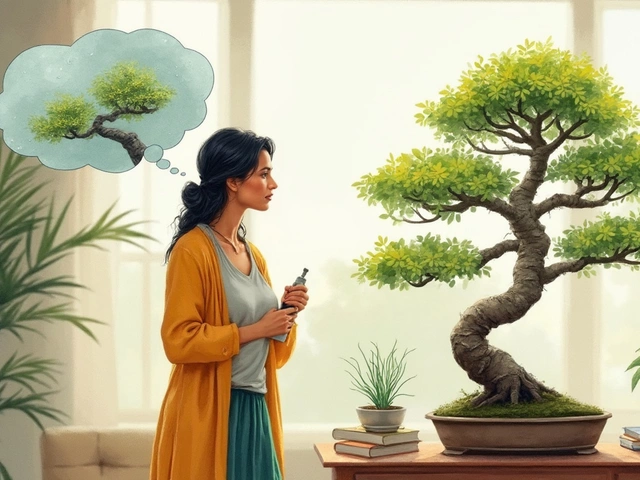Drip Emitters: Simple Guide to Picking, Installing and Caring for Them
If you want water exactly where your plants need it, drip emitters are the go‑to tool. They deliver a tiny, steady stream to each plant’s root zone, cutting waste and keeping leaves dry. That means fewer weeds, less disease, and a healthier garden with less water. In India’s hot climate, a well‑set drip system can save gallons every week. Below you’ll find the basics of how they work, what to look for when buying, and easy steps to keep them running smooth.
How Drip Emitters Work
A drip emitter is a tiny nozzle that sits on a drip tubing or hose. Water pressure pushes liquid through a small opening, creating a flow rate measured in liters per hour (lph) or gallons per hour (gph). Low‑flow emitters (0.5‑2 lph) are perfect for seedlings and container plants, while higher‑flow ones (4‑8 lph) suit fruit trees and larger beds. The flow stays constant as long as the pressure stays within the emitter’s range, usually 10‑30 psi. Most emitters have a built‑in filter to keep clog‑causing debris out.
Tips for Choosing and Installing
Start by checking your garden’s water pressure. If it’s high, add a pressure regulator so the emitters don’t over‑deliver. Next, match the emitter’s flow to the plant’s water needs – a thirsty tomato needs more than a small basil pot. Space the emitters about a foot apart for ground‑covers, closer for rows of lettuce. Lay the main drip tube along the rows, then punch small holes with a hole‑piercing tool and snap the emitters in place. Make sure each connection is tight; a loose fit can leak and waste water.
When you finish the layout, run the system for a few minutes and watch each emitter. Adjust any that are sputtering or delivering too much. If you notice uneven flow, check for kinks in the tubing or debris in the filter. A simple flush with clean water once a month keeps the line clear. For areas with hard water, consider a water softener or use emitters made of corrosion‑resistant plastic.
Maintenance doesn’t have to be a chore. Inspect the emitters every season, especially after heavy rains or when you change crops. Replace any clogged or cracked units – they’re cheap and easy to swap. Keep a spare set of emitters handy so you can fix problems without a long pause. With these quick checks, your drip system will stay reliable year after year, delivering just the right amount of water right where it’s needed.
Preventing Drip Emitter Clogs: A Simple Guide
Keeping your drip emitters from clogging can make or break your garden’s success. Learn practical strategies to prevent clogs, ensuring your plants get the water they need. This guide offers insights on maintenance, choosing the right filtration system, regular cleaning tips, and the importance of water quality. Make your drip irrigation system more efficient with these easy-to-follow steps.
About
Drip Irrigation
Latest Posts


Best Garden Tools: Who Makes the Highest Quality Hand Tools?
By Alden Thorne Jun 12, 2025

Exploring the Steep Cost of Blueberries in India
By Alden Thorne Jan 4, 2025

The World's Healthiest Vegetable: Unveiling the Top Nutritional Powerhouse
By Alden Thorne Jul 28, 2025

